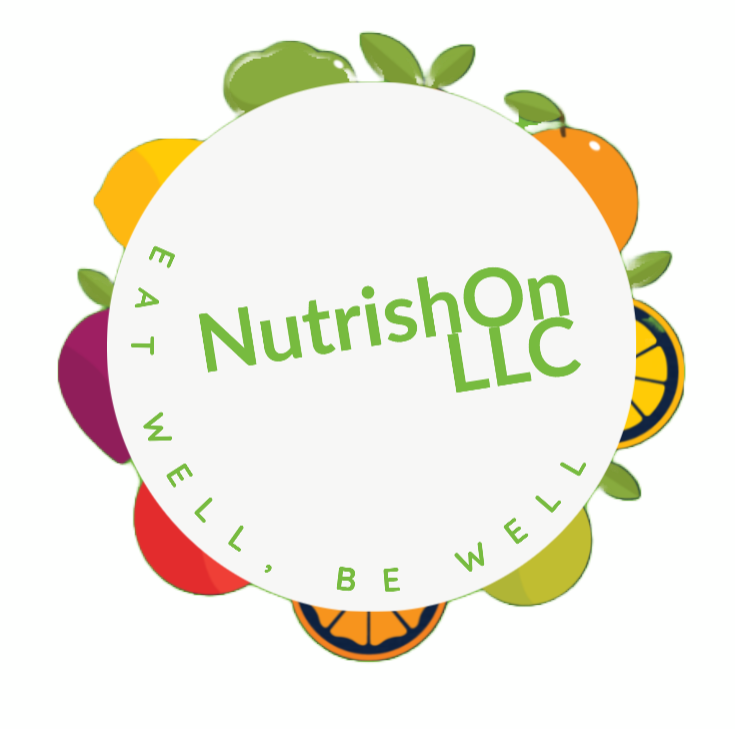Why You Should Be Eating the Rainbow
“Taste the rainbow” may be the slogan for Skittles candies but “eat the rainbow” is a mantra for me as a registered dietitian nutritionist. What do I mean by this exactly? Meal time should have more dimension than just throwing together food on a plate. Food is so much better when we engage all of our senses. Touch. Taste. Sight. Smell. Hearing. For the purposes of this blog entry I’m going to focus specifically on sight. Imagine this…a plate with mashed potatoes, baked chicken breast, and cauliflower. Does it look especially appetizing? Probably not. One way to remedy this would be to make some swaps. Perhaps instead of mashed potatoes you opt for some sweet potato wedges and maybe instead of the cauliflower you swap in some broccoli. Imagining this combination it is likely considerably more attractive. Guess what? This pairing likely also has a greater variety of vitamins and minerals to offer as well!
Different colors in foods means there are different nutrients (phytonutrients) in them. This is a way we can naturally be proactive in our health and wellness and attempt to protect ourselves from vitamin and mineral deficiencies and also chronic diseases.
The following are examples of vitamins and minerals in different colored foods, food sources, as well as some health benefits they have to offer:
Red: the carotenoid lycopene, an antioxidant which may offer protection against prostate cancer as well as heart and lung disease and improve skin quality
Found in: strawberries, cranberries, raspberries, tomatoes, cherries, apples, beets, watermelon, red grapes, red peppers, red onions
Orange & yellow: beta cryptothanxin, which may help prevent heart disease, improve immune function, promote eye health
Found in: carrots, sweet potatoes, yellow peppers, oranges, bananas, pineapple, tangerines, mango, pumpkin, apricots, winter squash (butternut, acorn), peaches, cantaloupe, corn
Green: sulforaphane, isothiocyanates, and indoles, which inhibit the action of carcinogens (cancer-causing compounds) and act as antioxidants and boost immune function
Found in: spinach, avocados, asparagus, artichokes, broccoli, alfalfa sprouts, kale, cabbage, Brussels sprouts, kiwi fruit, collard greens, green tea, green herbs (mint, rosemary, sage, thyme, and basil)
Blue/purple: anthocyanins which may delay cellular aging and help block the formation of blood clots, support cognition, and improve skin health
Found in: blueberries, blackberries, elderberries, Concord grapes, raisins, eggplant, plums, figs, prunes, lavender, purple cabbage
White/brown: allicin, flavonoids like quercetin and kaempferol help keep bones healthy, may protect against certain cancers, and have an anti-inflammatory effect
Found in: onions, cauliflower, garlic, leeks, parsnips, daikon radish, mushrooms
So paint your plate with the rainbow as often as possible!
